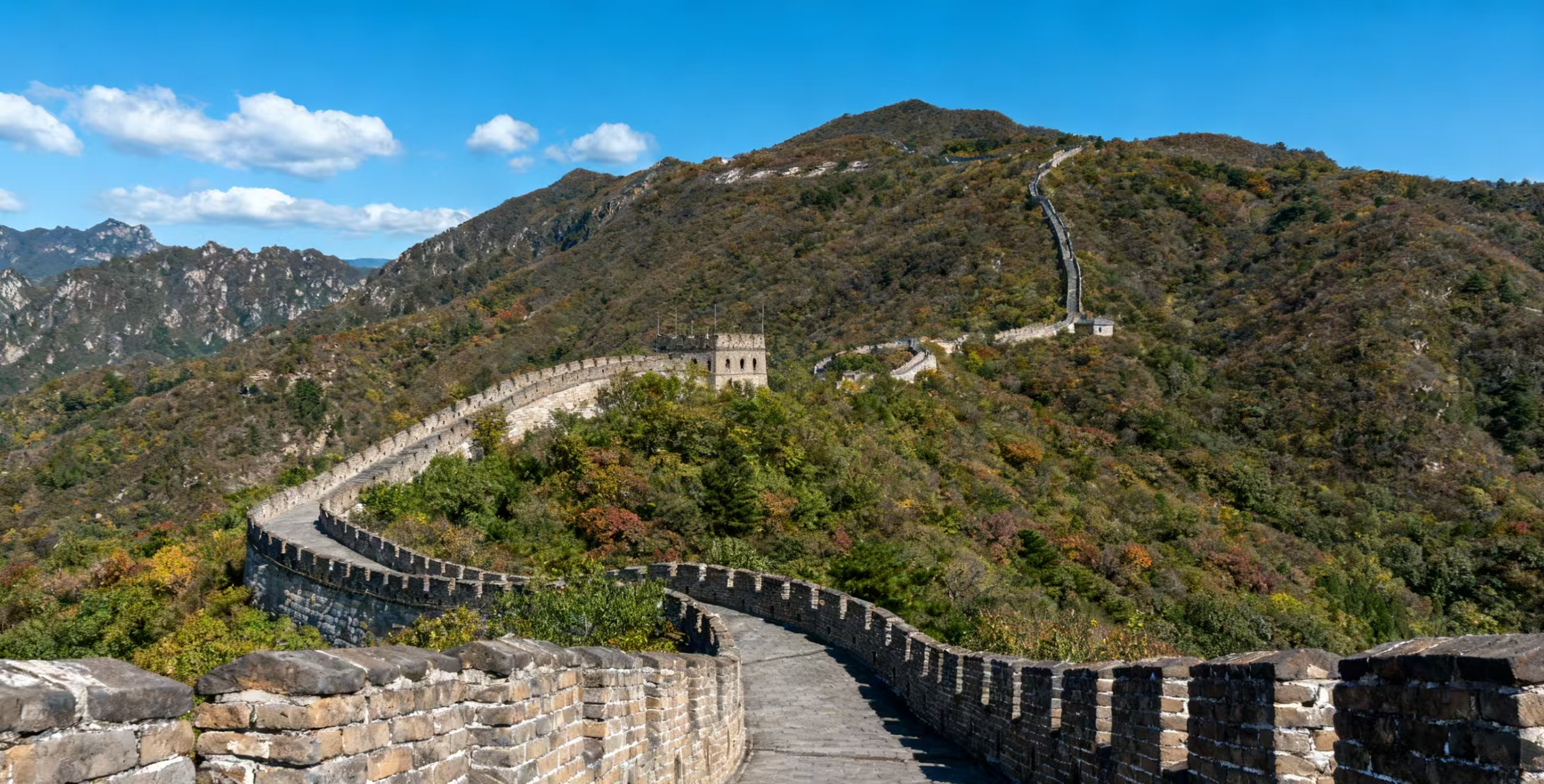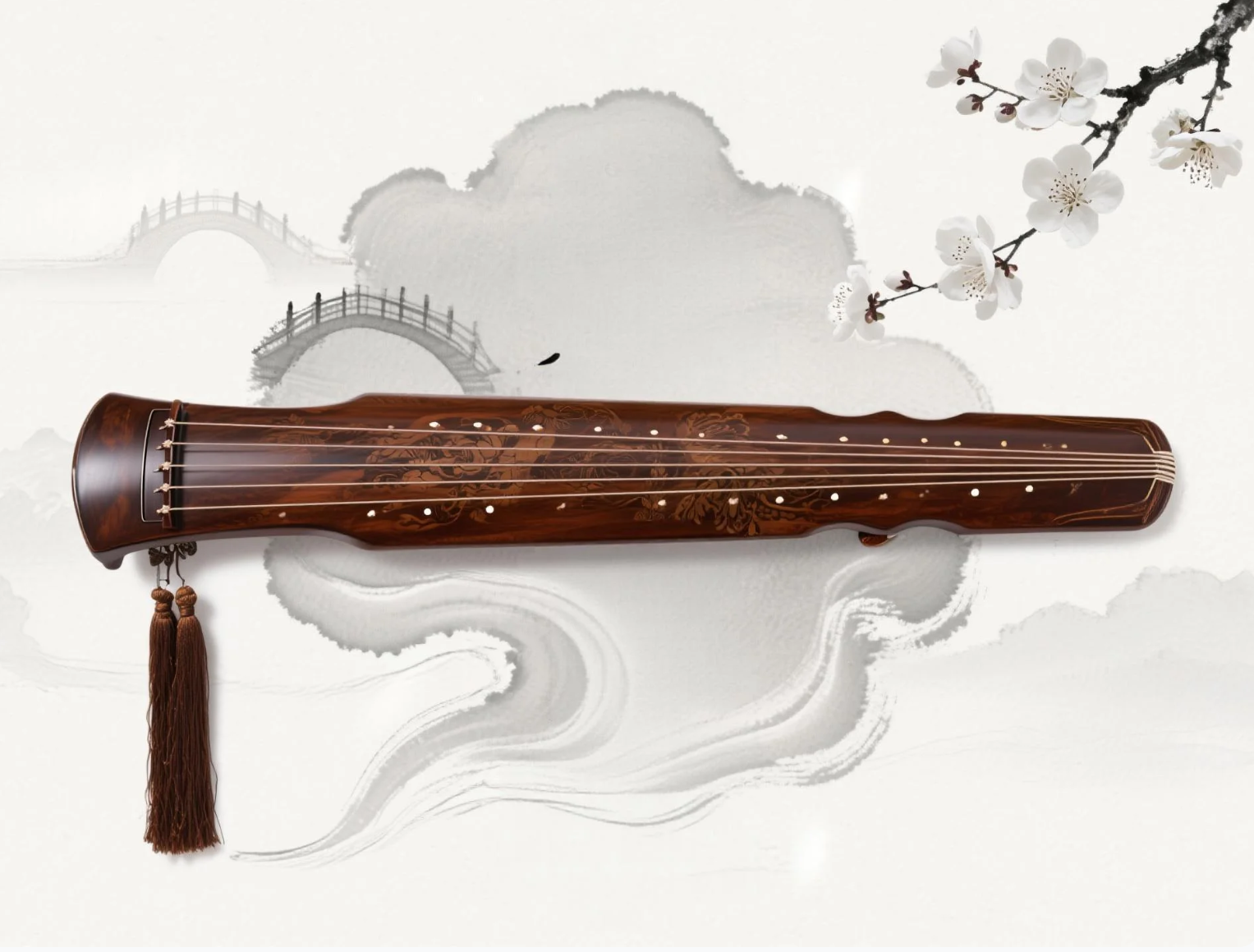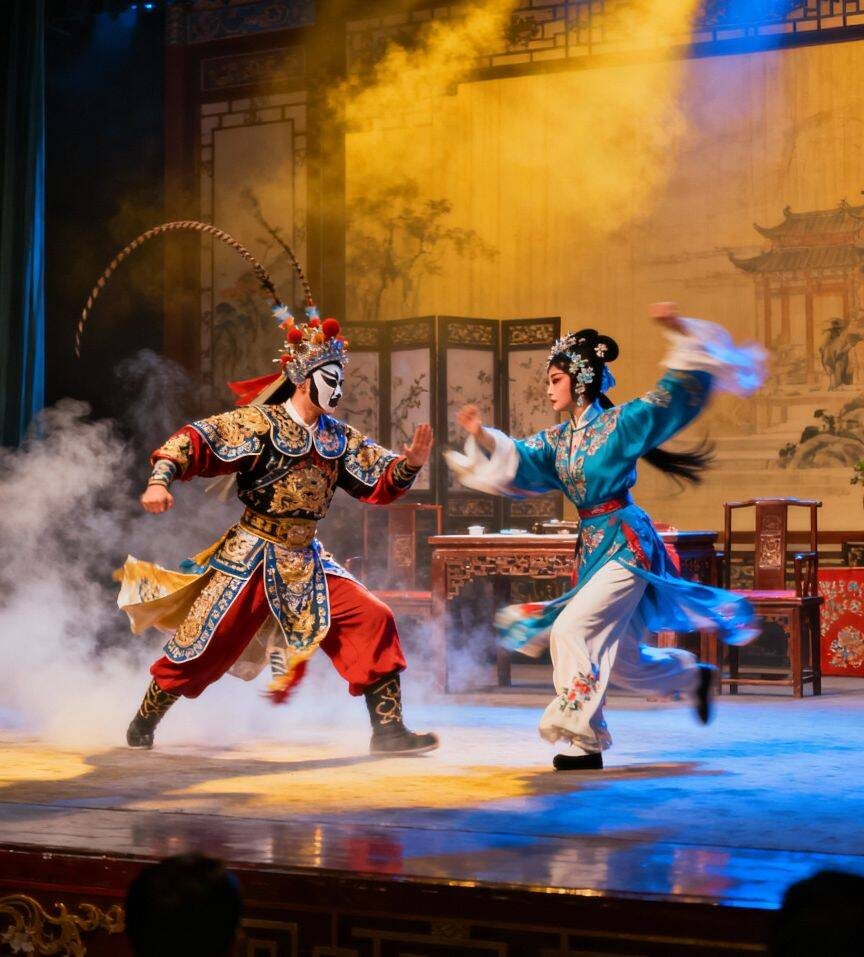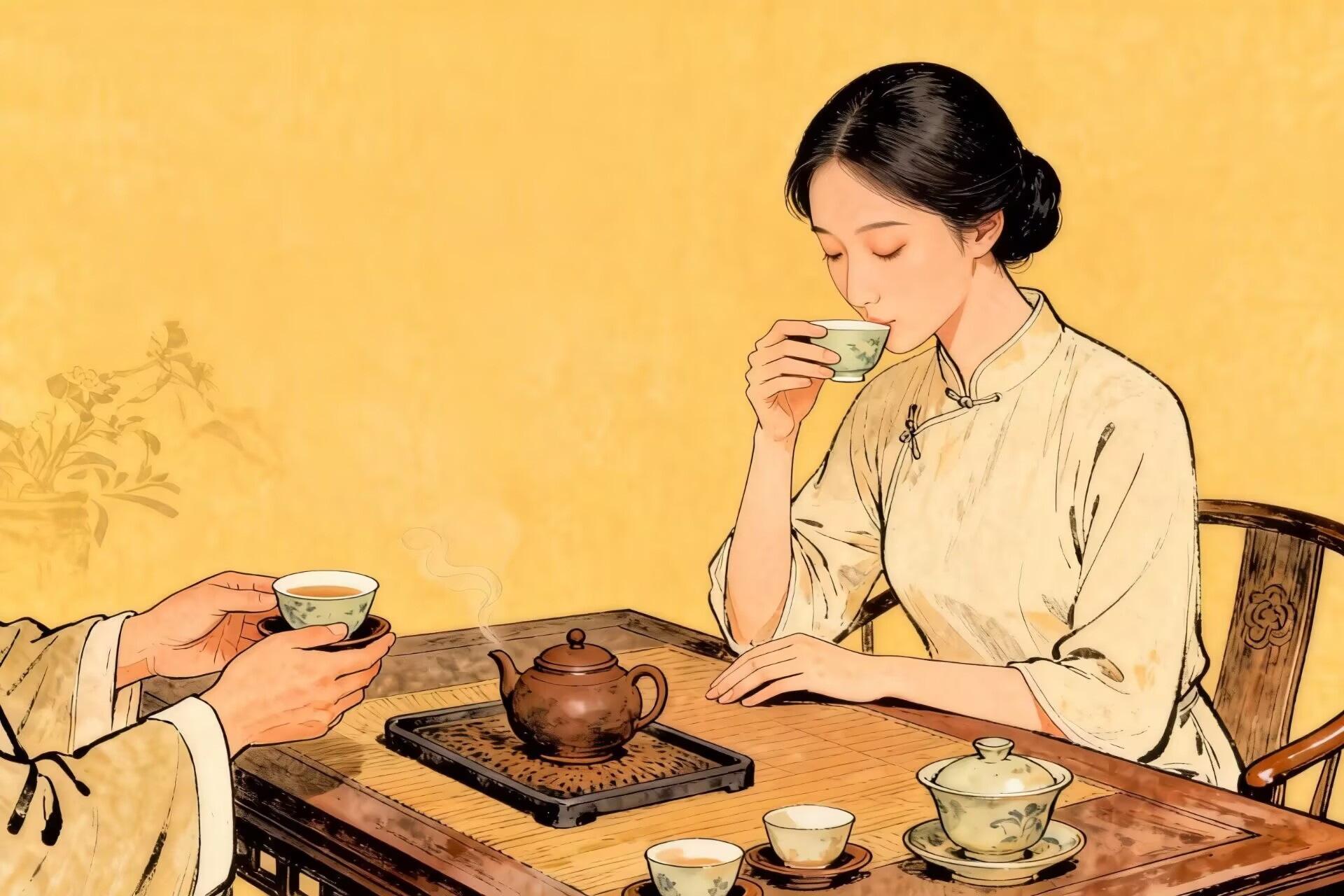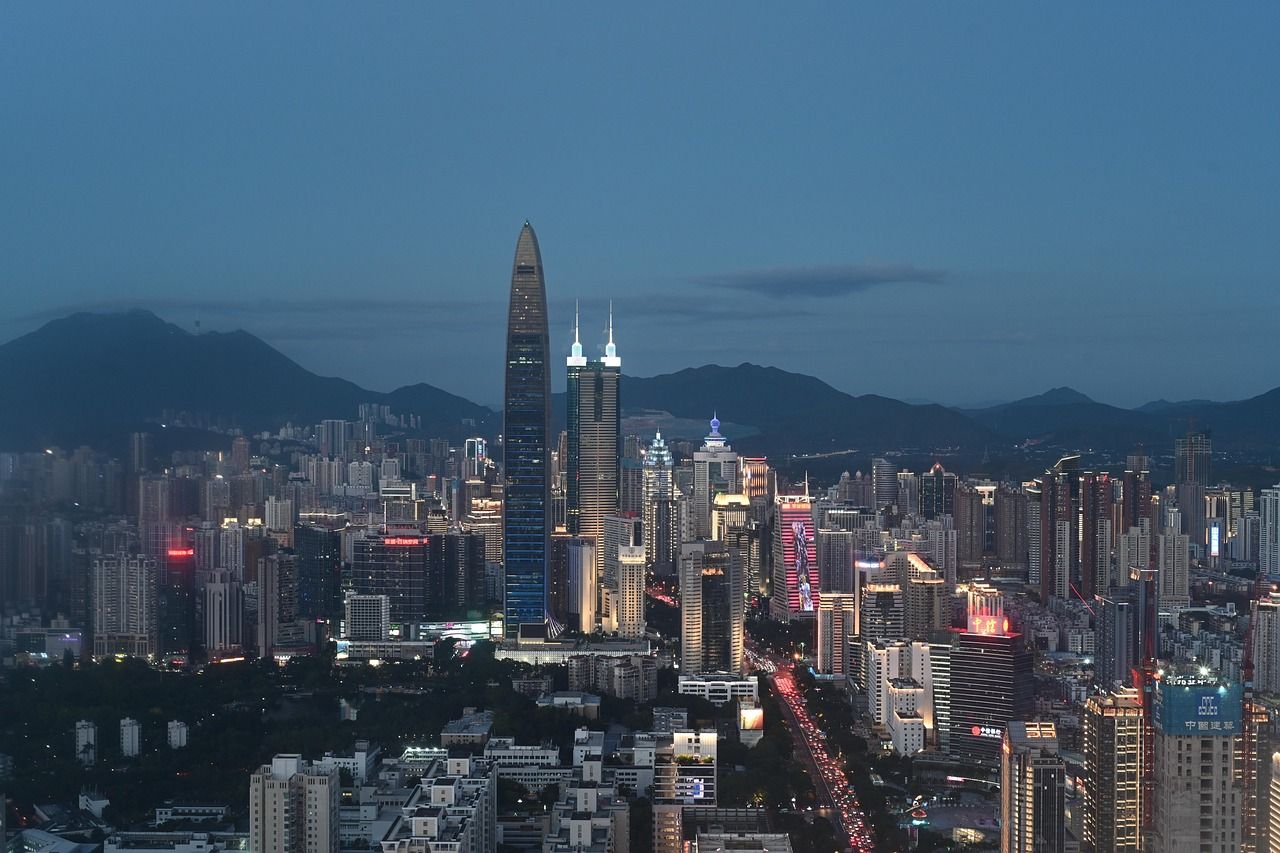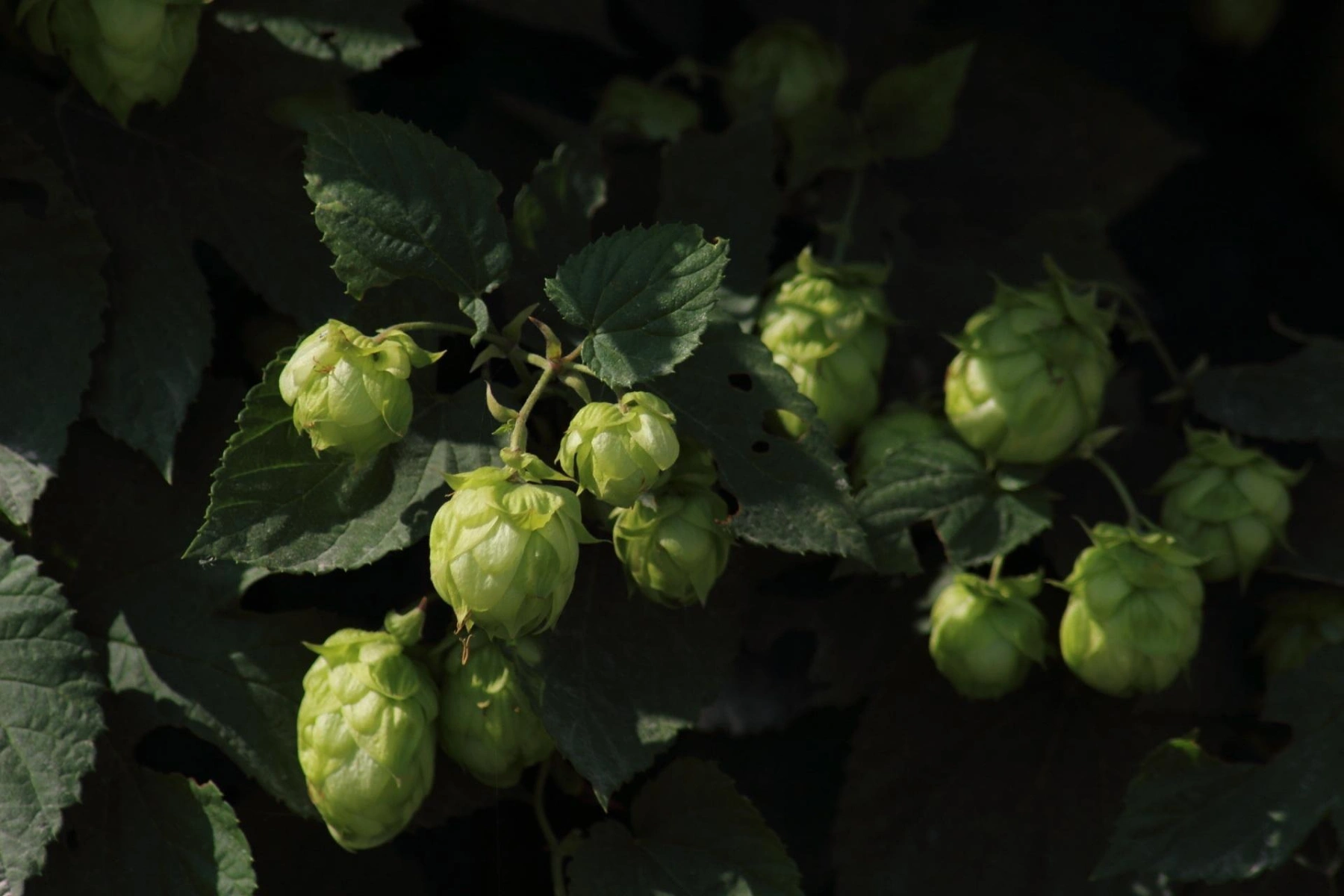If you’re planning a journey to explore China, don’t miss Beijing, the capital city—a magical place where thousands of years of history, profound political culture, and stunning tourism resources intersect. Let’s start this city exploration journey in advance.

Historical Background: Echoes Across Centuries
Beijing’s history stretches back over 3,000 years. It served as the capital for dynasties like the Yuan, Ming, and Qing, witnessing countless historical events that shaped China.
The Forbidden City (Palace Museum) is a perfect example. Built in the early 15th century, it was the imperial palace for 24 emperors. Its grand architecture with red walls and golden roofs reflects the power and splendor of ancient Chinese dynasties. Imagine walking through its courtyards—you can almost hear the whispers of history.
Political Culture: The Heart of Modern China
As China’s political center, Beijing is where major national policy decisions are made. Tiananmen Square, one of the largest city squares in the world, holds great national symbolic significance. Here, you’ll find the Monument to the People’s Heroes, the Great Hall of the People, and the Mausoleum of Mao Zedong. The solemn flag-raising and lowering ceremony at Tiananmen Square every day attracts visitors from all over the globe.
Beijing is also culturally inclusive, a melting pot where traditional Chinese culture and modern international trends coexist. You’ll find ancient temples like Yonghe Temple (Lama Temple) and trendy art districts like 798 Art Zone side by side, showcasing the city’s inclusive political and cultural environment.
Tourism Resources: A Blend of Ancient and Modern
Historical Sites
Great Wall of China (Badaling Section): Located just outside Beijing, this wonder of the world is a must-visit. As one of China’s most iconic landmarks, it winds through the mountains, offering breathtaking views and a chance to appreciate the grandeur of ancient Chinese engineering.

Temple of Heaven: Built for imperial rituals, this complex features magnificent structures like the Hall of Prayer for Good Harvests. Its architectural design and spiritual significance make it a unique attraction.

Local Food
Beijing’s cuisine will delight food lovers. Don’t miss Peking Duck—with its crispy skin, tender meat, and served with pancakes, scallions, and sweet bean sauce. Another local favorite is Zhajiangmian (noodles with soybean paste), a hearty and flavorful dish. Head to Wangfujing Snack Street to try these and other traditional snacks.

Practical Information and Administrative Status
Beijing has a convenient and extensive public transportation system, including subways, buses, and taxis. The subway network is efficient and covers most tourist spots. Administratively, Beijing is a municipality directly under the central government, giving it a unique status. As you plan your trip, you’ll find that Beijing is not just a city, but a gateway to understanding China’s rich tapestry of history, culture, and modern development.
When you arrive in Beijing, you’ll find that every corner tells a story, every bite is a delight, and every moment is a chance to experience the best of China!
